Early years education is special and unique with its focus on child development, effective learning characteristics and holistic approaches. It’s this breadth that can sometimes be baffling to those who view early years practice from afar. In fact, the early years is so unique that it has its own terminology: terms like ‘enhancements’ and ‘continuous provision’ are part of the language of early years practice, alongside phrases like “less is more”.
If we’re not careful though, the correct use of some of this terminology can be lost in translation. Let’s take the term continuous provision. This is a term that’s used a lot but can have very different meanings when reflected in our practice. So, what is continuous provision, and why is it important?
This article is also available as a podcast:
What is Continuous Provision?
Continuous provision describes all of the different provision areas which are available for your children to use every day. Within each of these areas of provision there should be a core range of resources that children can use all of the time, throughout the whole year. Planning effectively for continuous provision is crucial and involves a consideration of classroom layout and resourcing that will enable staff to offer a breadth of learning possibilities.
Why is Continuous Provision Important?
Carefully planned continuous provision will enable children to learn skills, will challenge their thinking and help them to embed concepts. It should also provide the context for a variety of learning conversations between children and adults with rich opportunities for modelling and extending speech and vocabulary. It is within this learning environment that the children will also develop key learning attributes. How your environment is planned, resourced, valued and used can impact positively, or negatively, on children’s engagement, independence, collaboration, self-confidence, resilience and curiosity.
If you’re looking to develop your continuous provision, you’ll need to start by reflecting on some key principles:
The Importance of Defined Spaces
Children will be more likely to be engaged within your continuous provision areas if you create enclosed, clearly defined spaces. Creating provision areas in this way tends to lead to fewer distractions and also provides the context for children to collaborate, form relationships and communicate. As you create the spaces, think carefully about the layout of the room. Consider which areas are likely to work well together or alongside each other in order to promote mathematical thinking or meaningful writing opportunities.
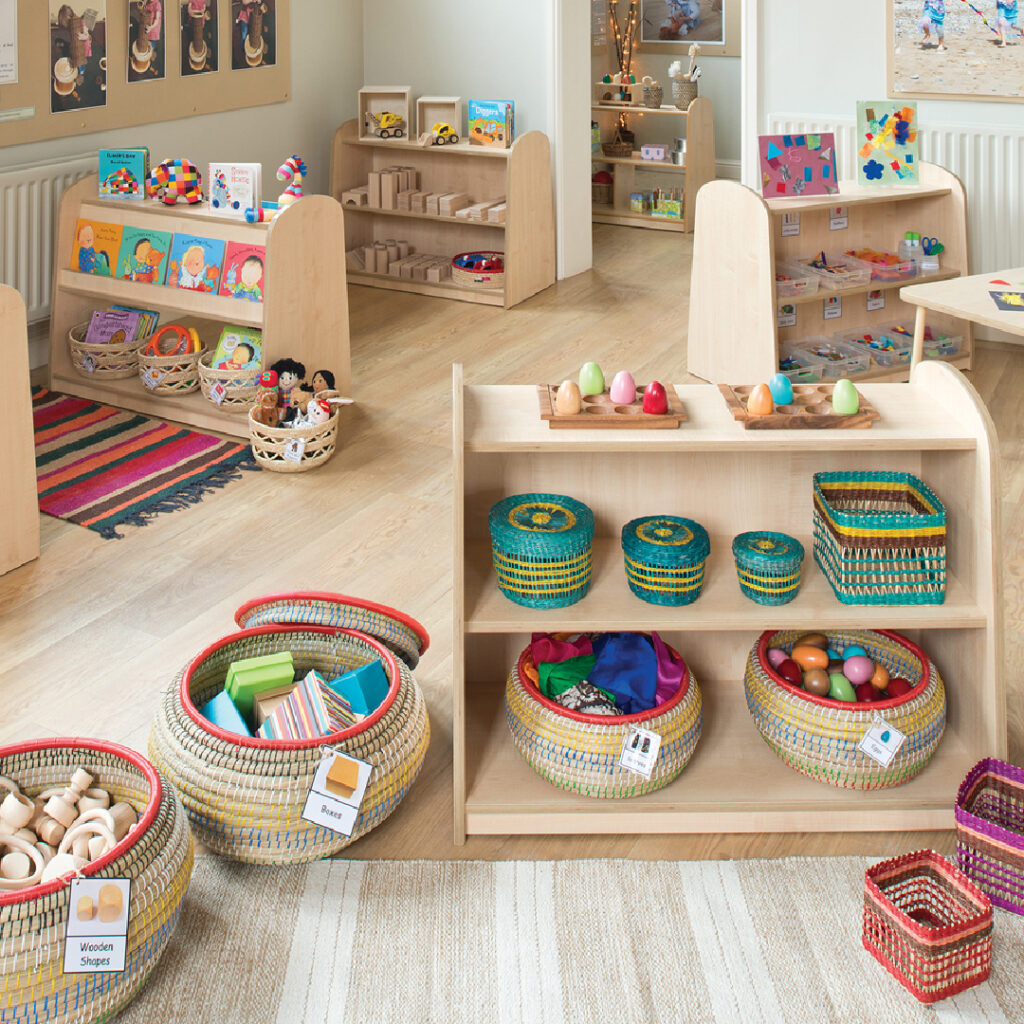

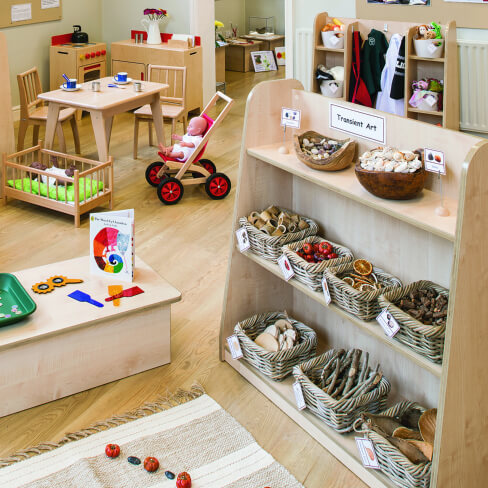
Continuous Provision Resources
The resources and materials within each area of provision will need to earn their place based on the number of learning possibilities that they provide. Be careful not to overload provision areas with resources as too many materials will lead to clutter and potentially a lack of purpose in children’s play. Use our Early Excellence audit tools to help you to reflect on the possibilities offered by different collections of resources. The audit tool is available here:
Consistency is Key
Once you have planned your classroom layout and then provided carefully selected resources, be consistent. It’s very easy to fall into the trap of changing a room around on a regular basis or rotating resources. If you are confident that the resources and materials provided offer a broad range of possibilities, then allow the children to learn and develop by using them over an extended period of time. Changing resources on a regular basis will not support the children’s independence and it won’t lead to a progression of ideas. Continuous Provision should be continuous.
Accessing Learning
A well-planned learning environment should encourage children to follow their own interests and express their own ideas. Separate out your materials and resources into small containers or baskets so that the children can easily see what is available to them. Where appropriate, store some resources directly onto a shadow backed shelf. This works particularly well for storing wooden blocks and for tools and containers in the sand and water areas. Again, consistency is important for developing independent learners so store materials and resources in the same way every day.
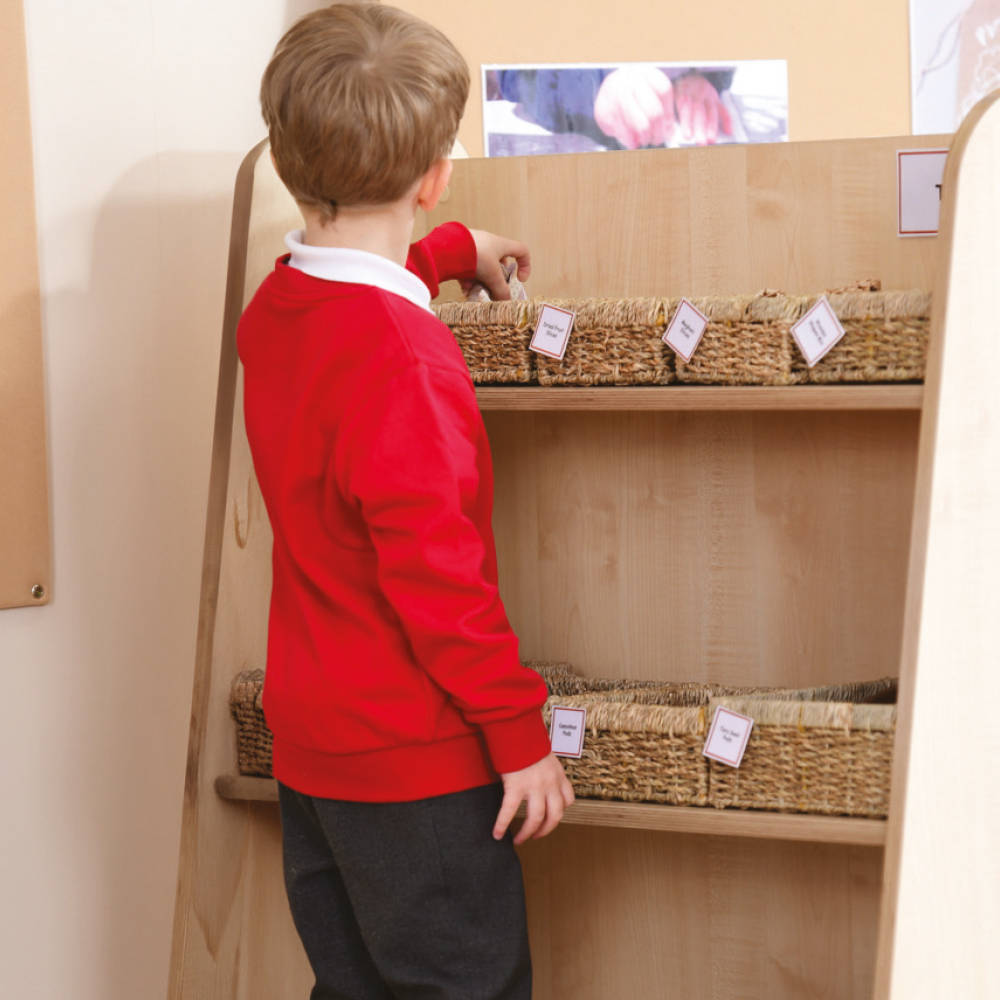
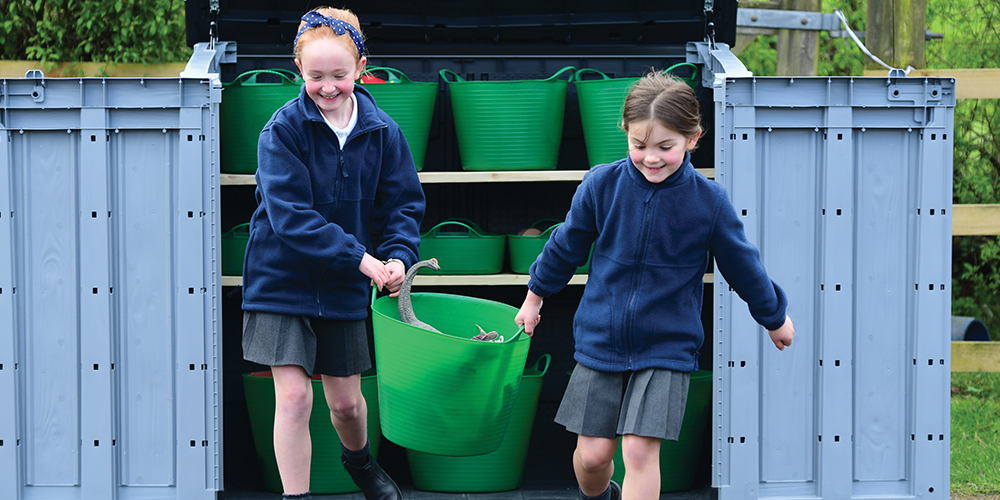
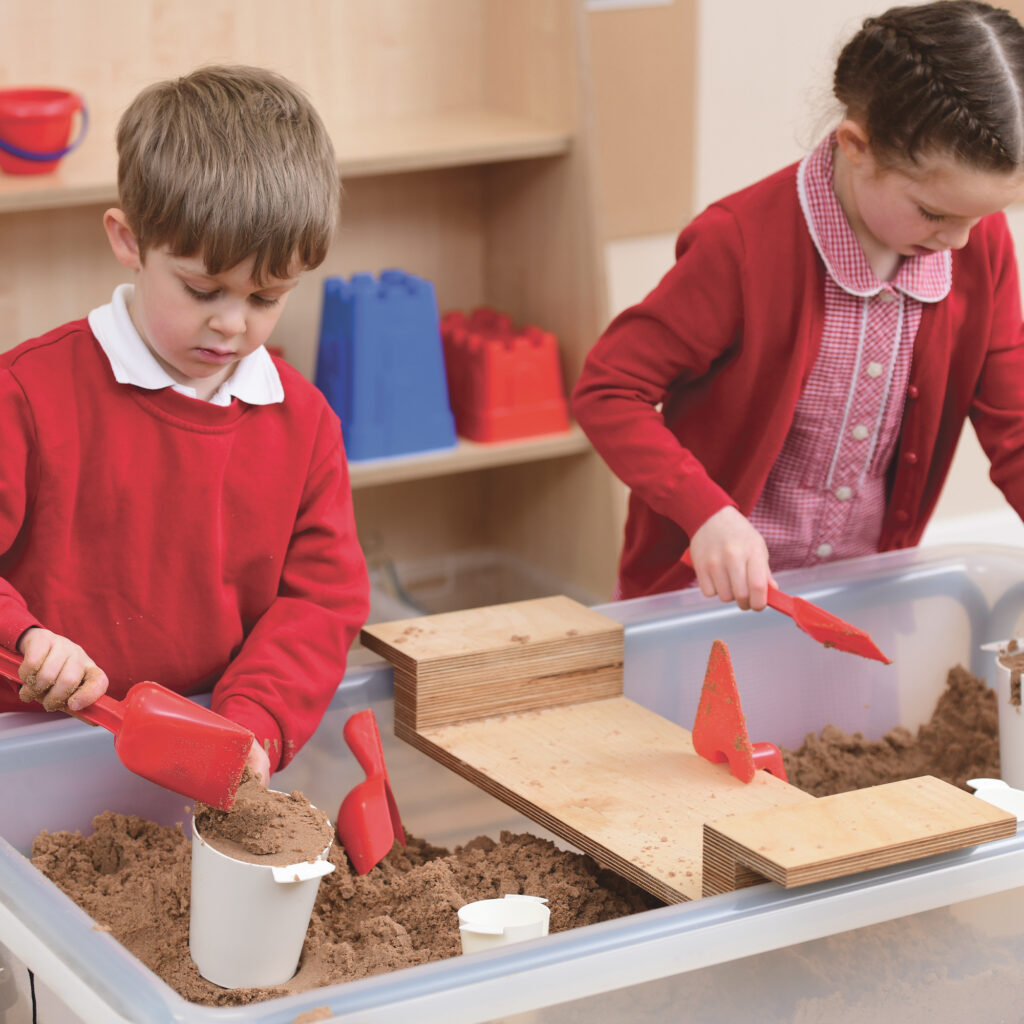
Continuous Provision Outdoors
Don’t forget about your Outdoor Continuous provision too! Ensure your outdoor provision matches the quality and intent of your indoor environment – providing meaningful, curriculum-rich learning for all children.
Instead of offering all areas of provision outside, consider which areas best lend themselves to the natural nature of the outdoor classroom. For example, being outdoors offers children many rich sensory experiences. Introduce a water play area for children to experiment with moving and collecting water on a large scale with water pipes, guttering and gutter stands, or introduce a mud kitchen for messy, sensory play.
Consider which skills and knowledge can be developed more deeply outdoors, such as physical and social skills. Develop children’s gross motor skills with a collection of open-ended children’s construction equipment including planks, poles and building crates for children to work collaboratively to build dens, vehicles and much more. The possibilities for outdoor continuous provision are endless!
Reflecting on Practice
So, as you reflect on your own learning environment, there are a number of key questions to consider:
- Is your learning environment organised into clearly defined corners or bays?
- Are resources stored effectively, in the same way every day?
- Have all of the resources earned their place based on the number of learning possibilities that they provide?
- Do all of your staff team recognise the importance of a consistent approach to the environment in order to nurture children’s self- confidence and independence?
Early Excellence Support and Guidance
Don’t forget: Our Classroom Design Service and Outdoor Design Consultancy services are as popular as ever and do get booked quickly. If you are planning to refurbish your EYFS and/or KS1 classrooms, do get in touch now to arrange a discussion about your plans.
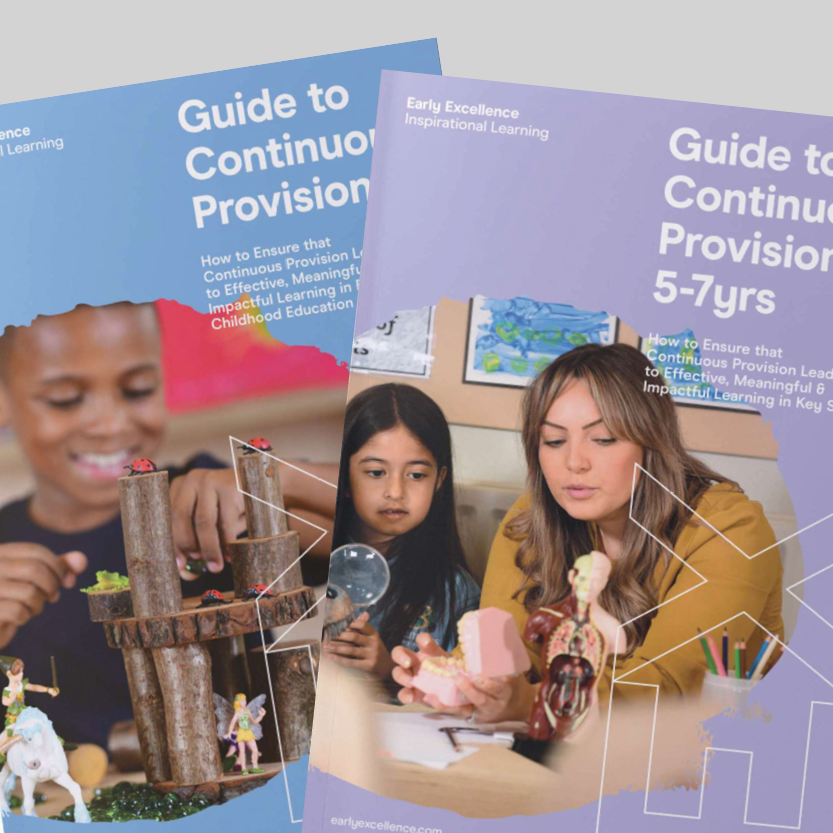
Invest in your professional development with our Continuous Provision Guides, packed with practical information to help plan and resource your EYFS and KS1 learning environments.
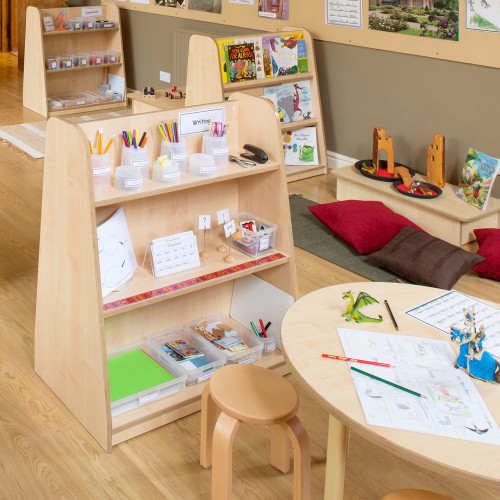
Explore our carefully curated, fully resourced Complete Classrooms to develop an outstanding indoor learning environment for 2-3 years, 3-4 years, 4-5 years and 5-7 years.
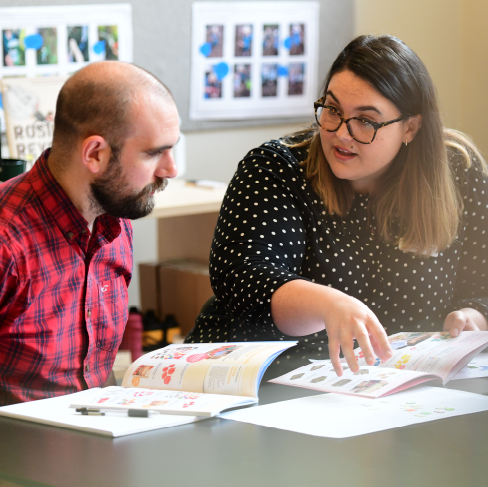
If you are planning to refurbish your EYFS and/or KS1 classrooms, do explore our Classroom Design Service and Outdoor Design Consultancy services.

